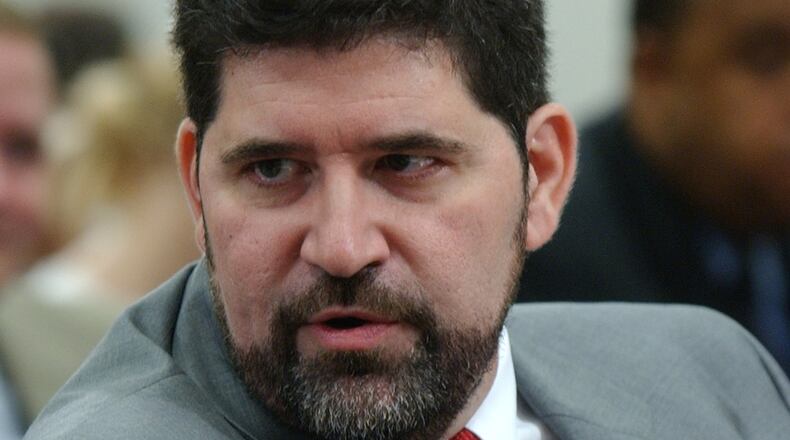After writing about education in Georgia for 19 years, I’ve recognized a familiar theme in reform debates. In lieu of increased education spending, schools are instead promised flexibility.
One problem with the pledge -- it’s seldom fully honored, and schools end up with little flexibility or money.
Everyone seems to agree schools would benefit if liberated from onerous regulations. Democratic and Republican governors have agreed principals should control class sizes, budgets, schedules, hiring and teacher evaluation. In fact, Gov. Nathan Deal argues his Opportunity School District will return decision-making to the schoolhouse level where leaders can act with urgency, agility and specificity to the needs of their students.
Despite this reverence for flexibility in school reform discussions, relinquishing control does not come easily in education, whether at the state or district level. I thought about that reluctance to cede control while reading an article in Education Next by Betheny Gross and Ashley Jochim on what went wrong in Baltimore school reforms
Under CEO Andres Alonso, Baltimore schools were seen as an example of promising urban reform. In charge from 2007 through 2013, Alonso was credited with remarkable improvements. In his six years, he decreased suspensions, increased test scores and adopted what's known as a portfolio strategy -- a diverse collection of high-quality, autonomous public schools. The key in a portfolio strategy is empowering educators to run their own schools.
Despite those promising changes, Baltimore is far from a success story, and Gross and Jochim seek to explain what went wrong, writing:
A new school funding formula matched resources to student needs, and chronically low-performing, underenrolled schools were closed. Citywide, enrollment had begun to stabilize after four decades of steep decline, as more families opted to enroll their children in district schools, including newly expanding charters. Suspensions were down, the graduation rate was up, and more students were proficient at grade-level work in math and reading. A new teacher evaluation system set common standards for excellence across the city.
So, what undermined those efforts? “Still, central office authority was difficult to escape: countless decisions, big and small, were still controlled by district rules… those successes were incomplete in large part because principals, in both district-run and charter schools, encountered ways in which remnants of the old bureaucratic system undercut or failed to support their efforts.”
The authors make recommendations, including:
While Baltimore provides a cautionary tale for urban district leaders implementing the portfolio strategy, it should not be seen as the death knell for reform within a traditional school system…However, it is clear that moving from a centralized school system focused on stability to an innovation-minded system of autonomous schools requires more than pulling a few policy levers. To get the full benefits of a decentralized system of schools, reform leaders must make clear commitments to educators, enforce these by eliminating administrative control functions that create ambiguity, and curtail central office control of funds. Such wholesale change requires refashioning staff expectations, rule making, and professional cultures.
Read the Education Next article and let's discuss.
About the Author
Keep Reading
The Latest
Featured

